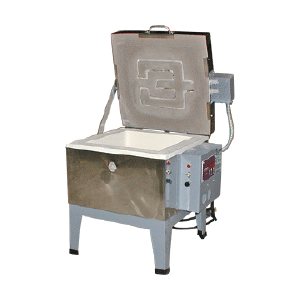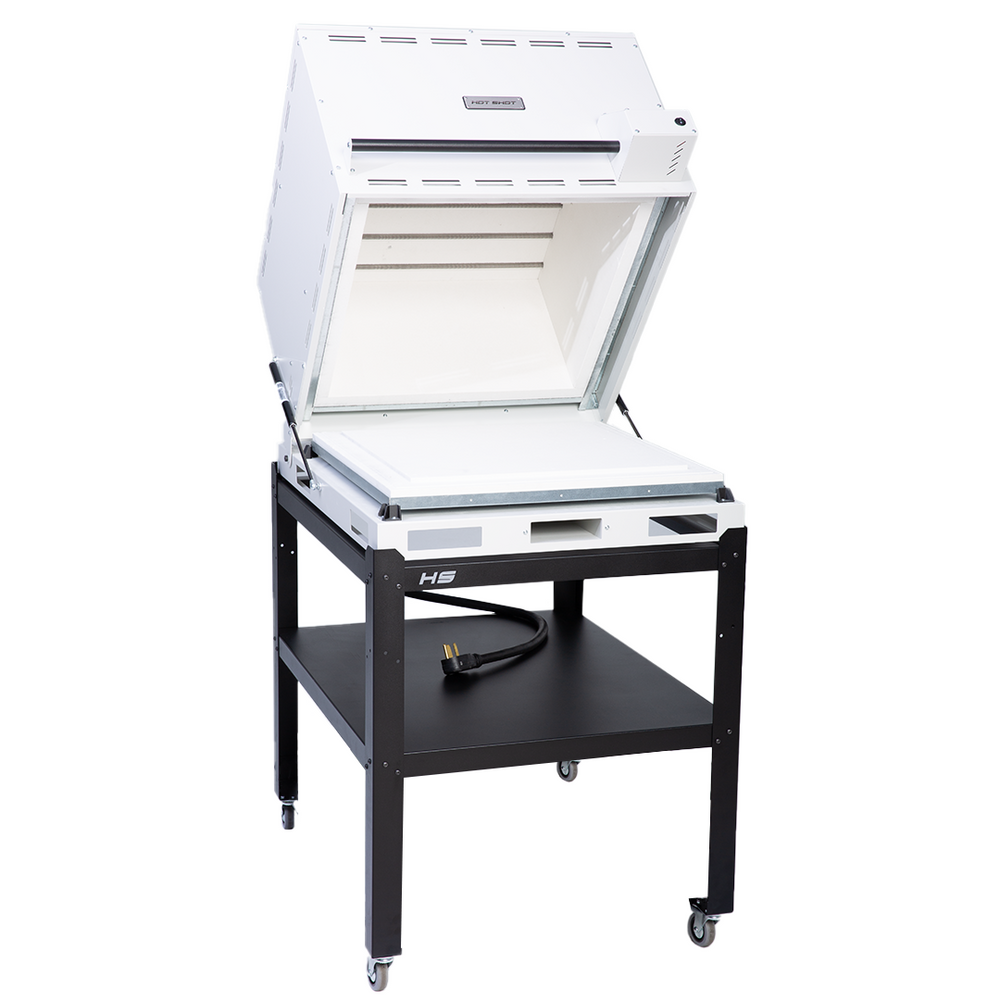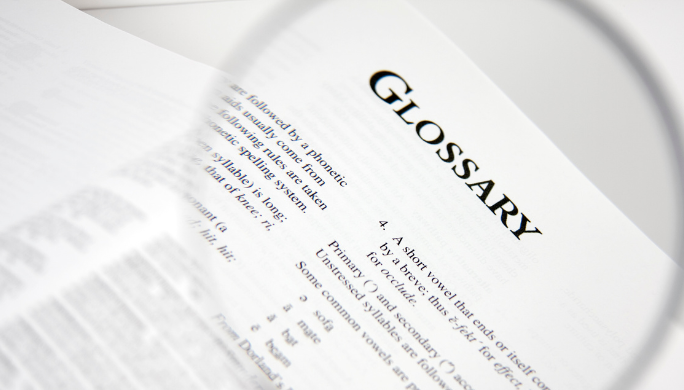FIBER KILNS
Fiber kilns can be constructed in any configuration. They can be top load, clamshell, or front load. They can also be hybrid kilns and contain brick bottoms or walls.
Glass fusing kilns or ceramic and pottery kilns made of rigidized fiber will heat and cool faster than brick kilns. A ceramic fiber kiln is great for producing lots of fused work quickly, as you are not hanging around waiting for the bricks to lose their heat, allowing you to cycle kiln loads even faster.
A fiber kiln is also a good choice as a travel kiln or portable teaching kiln, as it is light and usually constructed in one piece. Another benefit of a fiber kiln would be its weight. A lighter kiln may be necessary in buildings that have flooring load concerns, for example, loft spaces, pier and beam construction, or elevated construction sheds, etc. If you plan to produce a lot of very thick work, a fiber kiln is not a good choice for you as it will naturally cool too quickly, requiring you to use more power to keep up with the temperature requirements. A fiber kiln will remain cleaner due to its extruded construction and lack of joint expansion.







































































